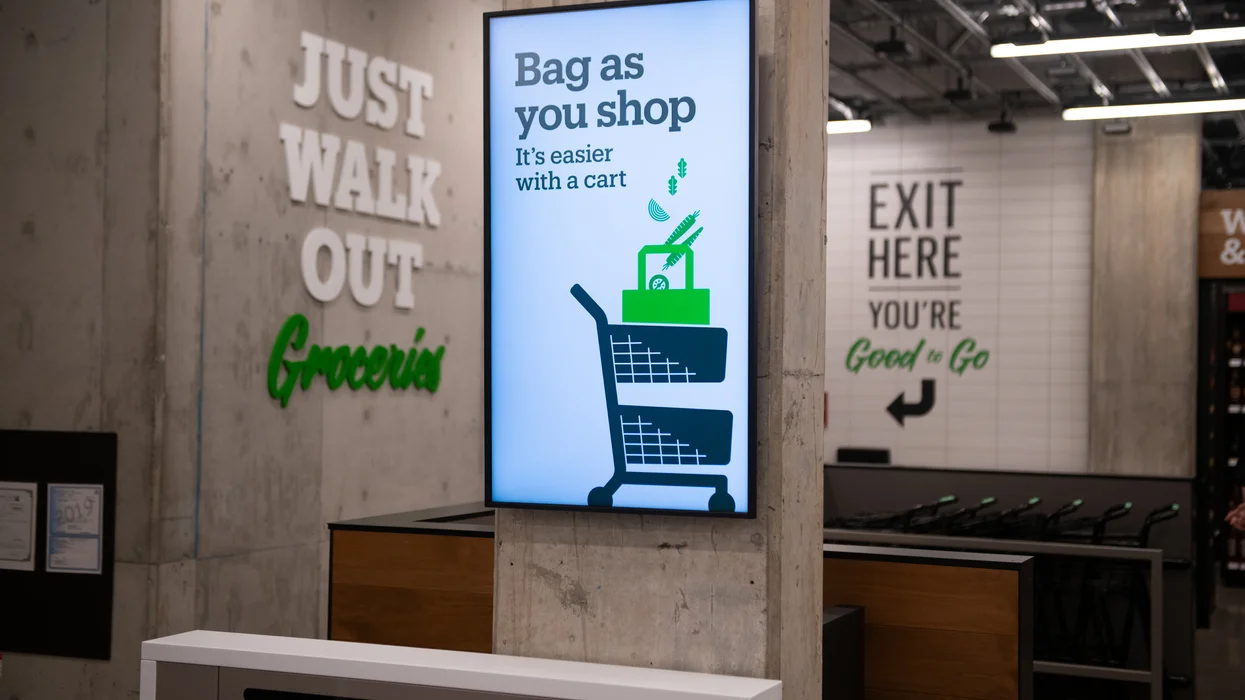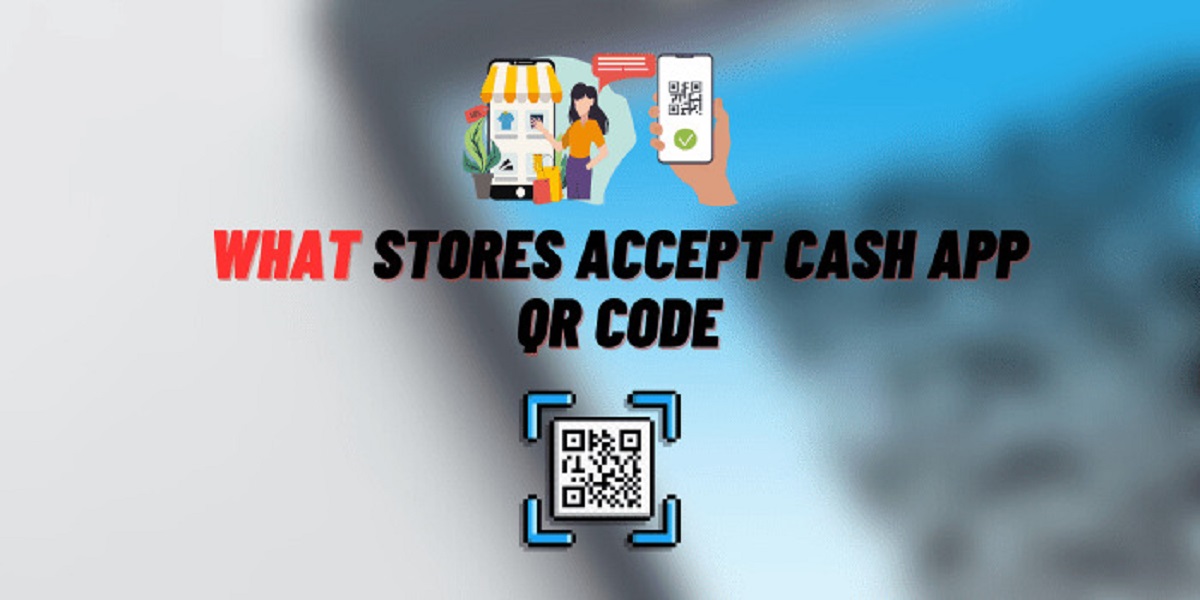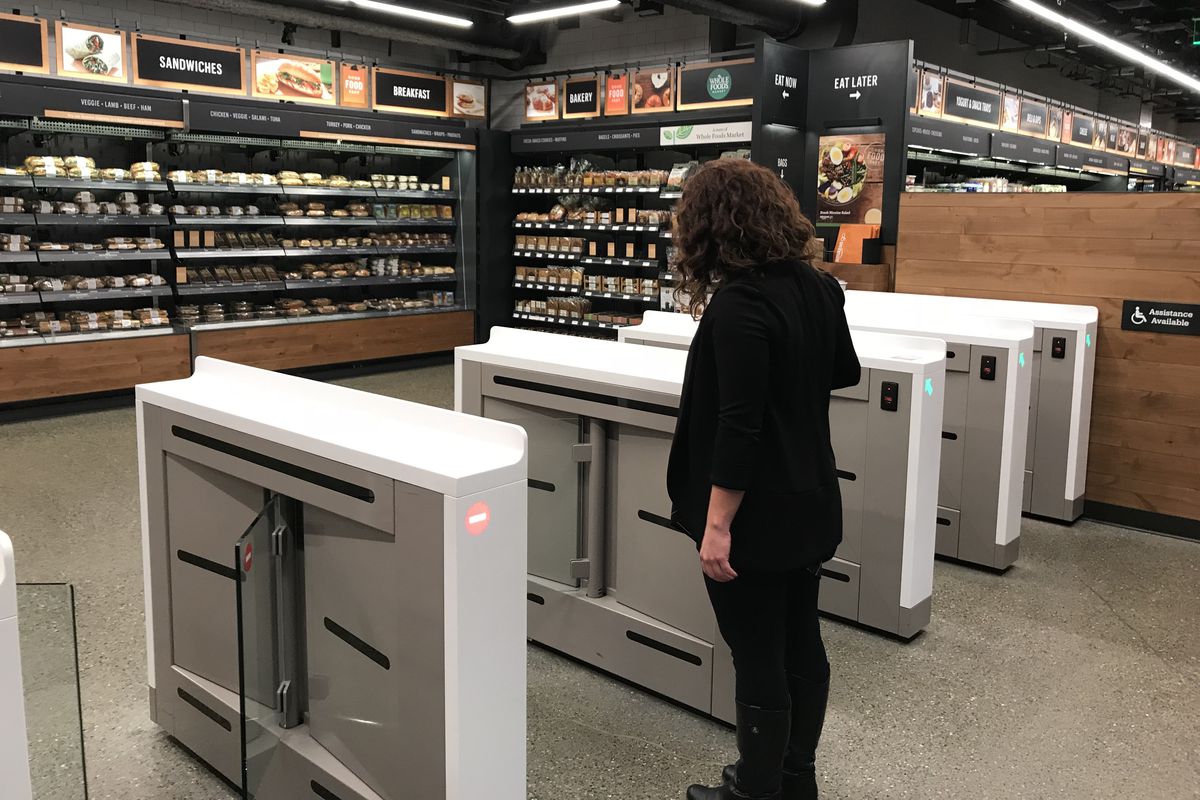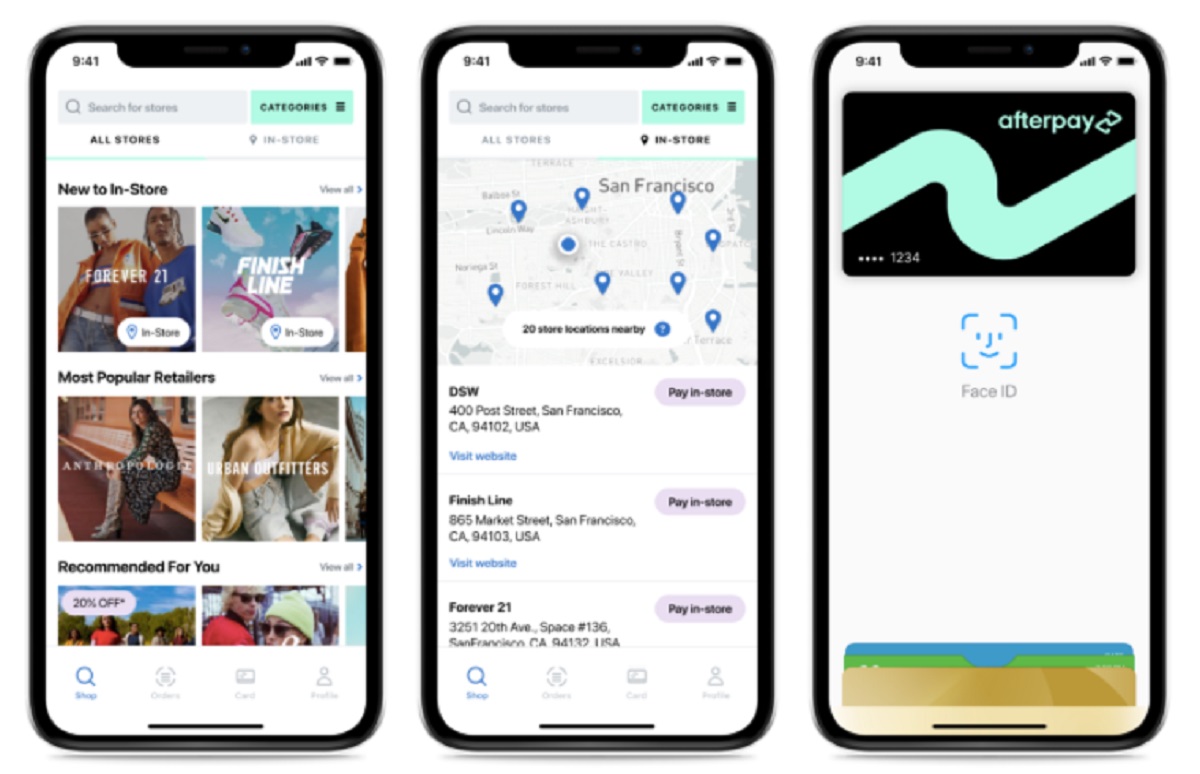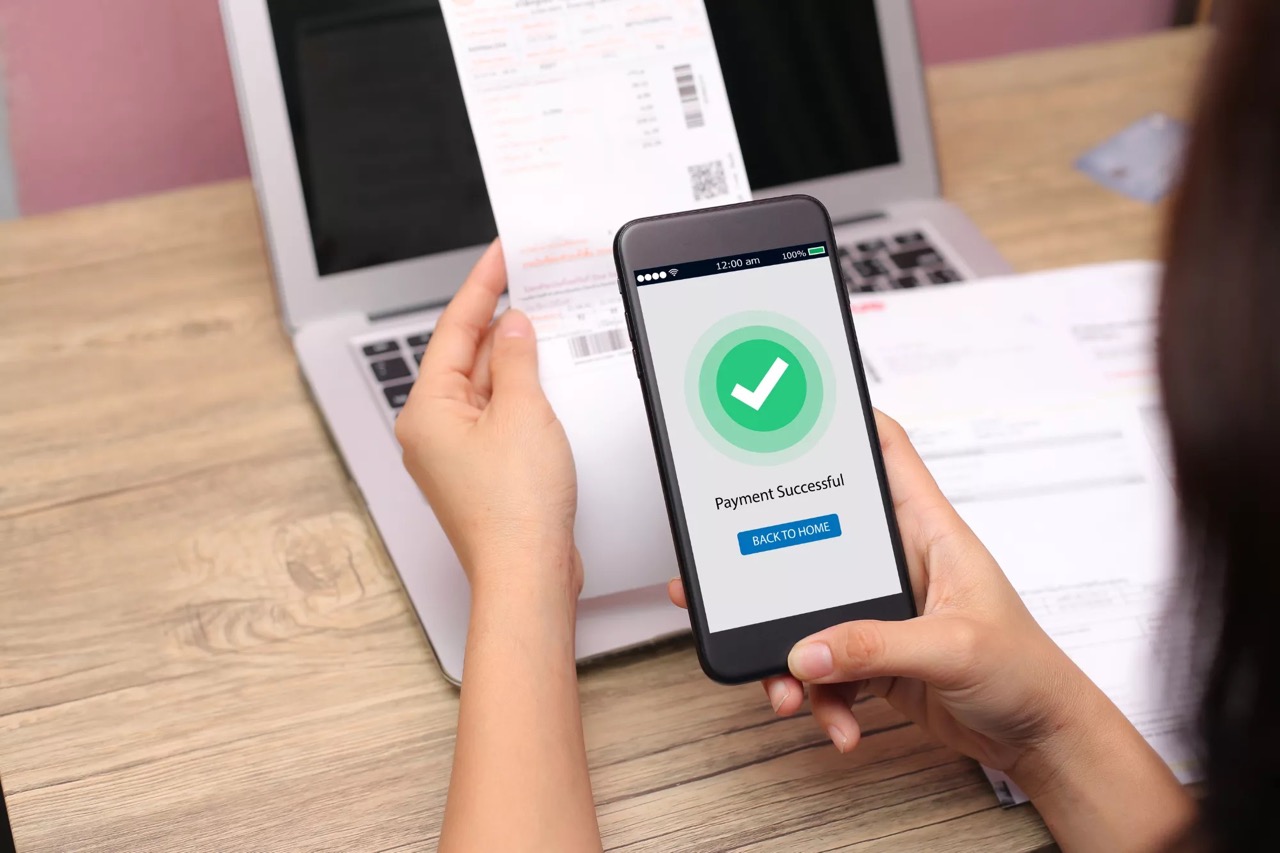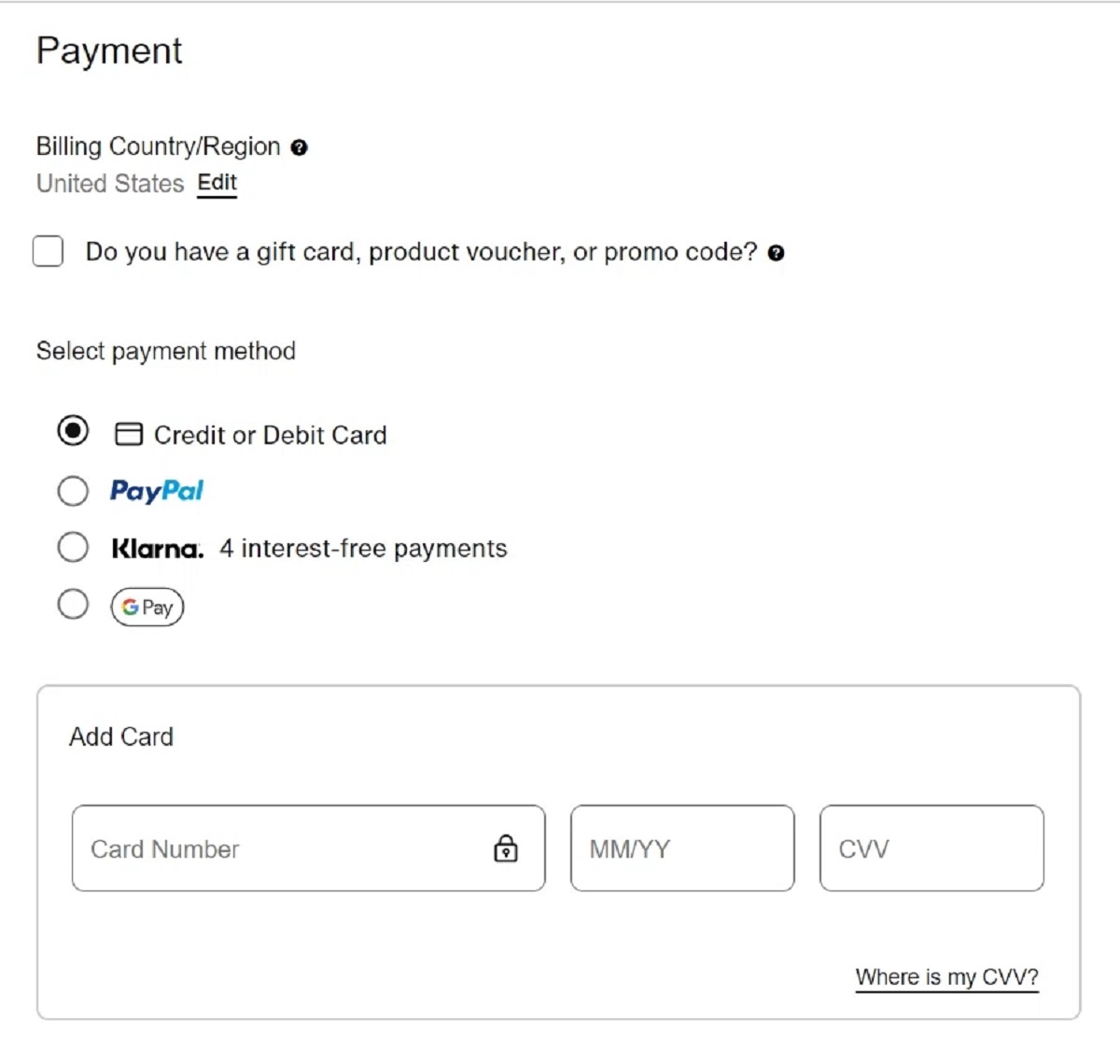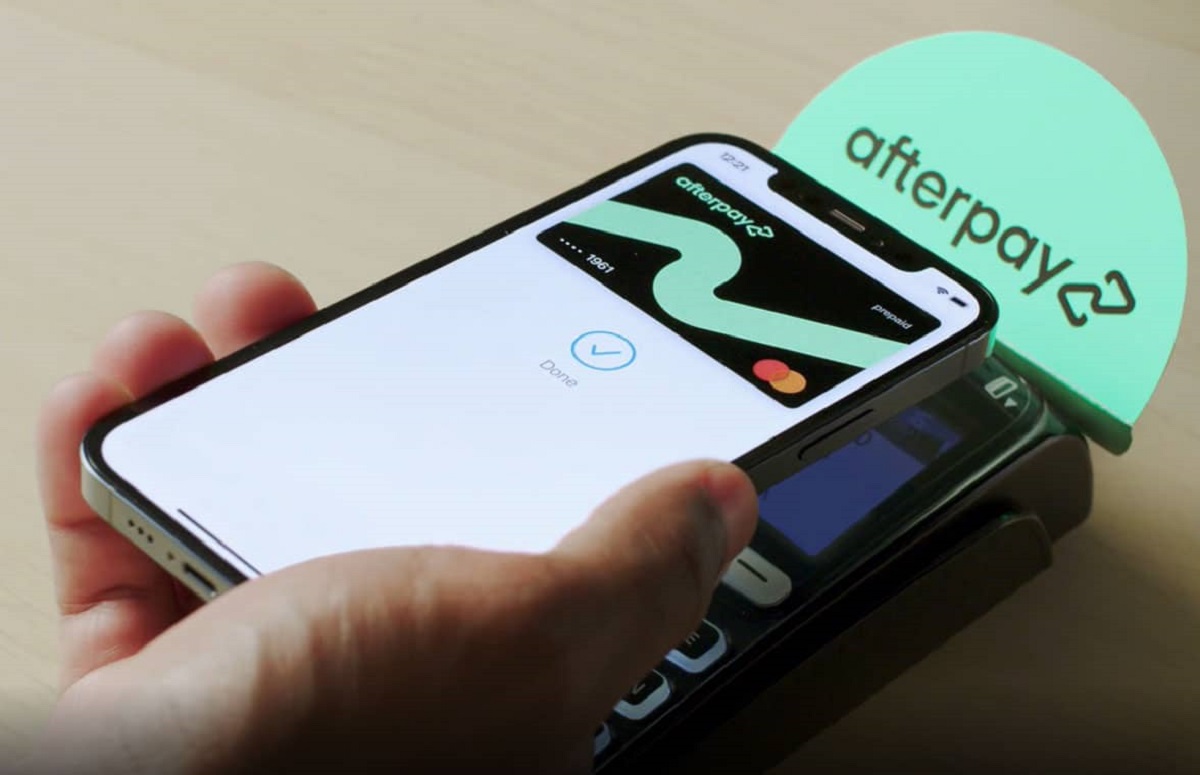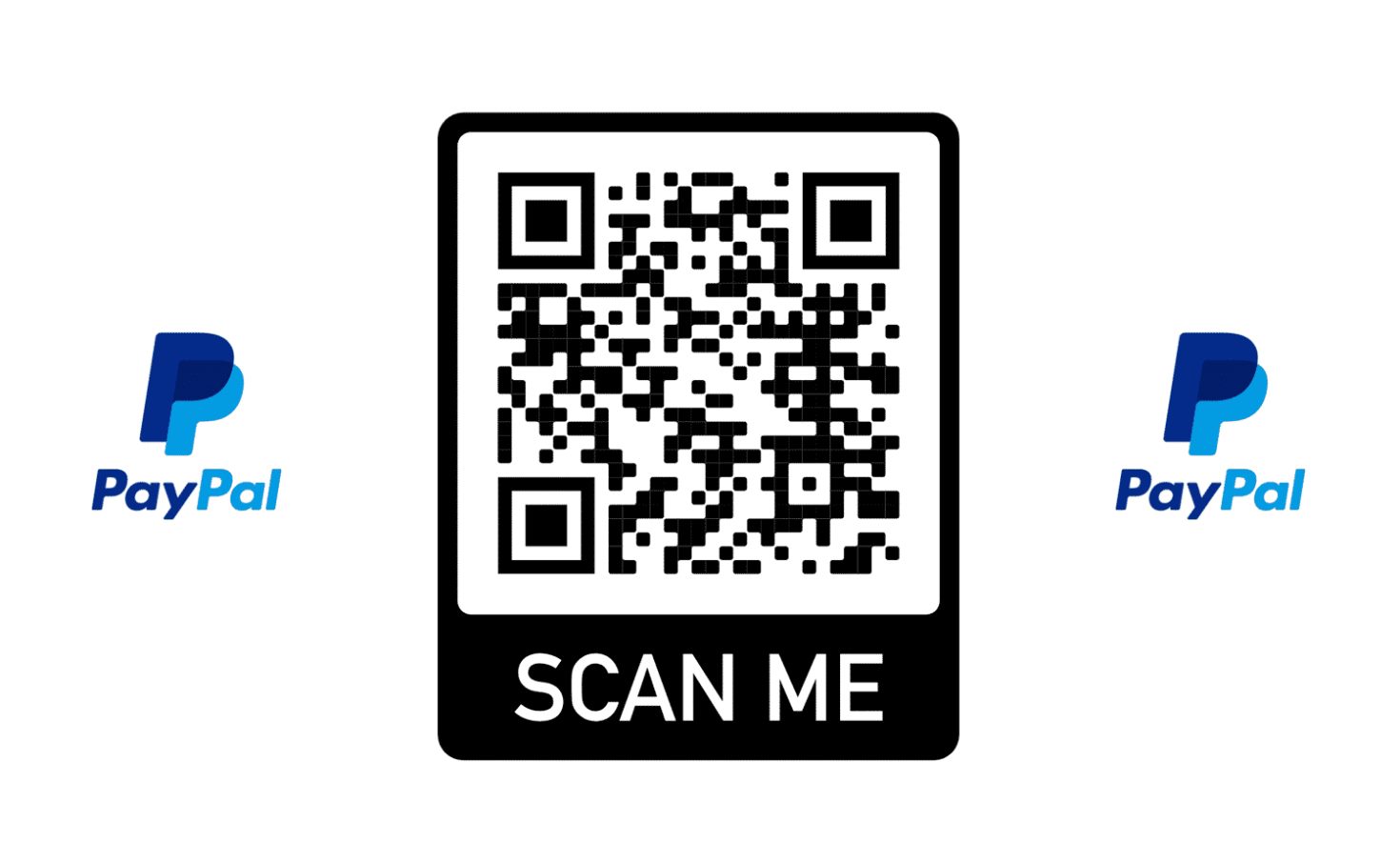In an exciting development, Amazon has unveiled an updated version of its groundbreaking Just Walk Out technology that aims to streamline the checkout process for customers in apparel stores. This innovative system utilizes RFID (Radio-frequency identification) tags to track purchases, allowing customers to skip the traditional cashier lines and enjoy a frictionless shopping experience.
Key Takeaway
Amazon has introduced an updated version of its Just Walk Out technology that uses RFID tags for apparel purchases, enabling customers to skip cashier lines. The new system significantly improves the checkout experience for clothing stores, allowing customers to browse, try on items, and walk out with their purchases seamlessly. With successful pilot programs at Climate Pledge Arena and Lumen Field, Amazon continues to expand the reach of Just Walk Out technology across various retail environments.
The Evolution of Just Walk Out
Amazon’s original Just Walk Out retail technology relied on a combination of ceiling-mounted cameras, shelf sensors, and computer vision techniques. This enabled customers to shop and exit the store without the need to wait in line for payment. However, this system presented challenges when it came to clothing stores, where customers often try on items and leave them in dressing rooms or on different racks, making it difficult for the technology to determine which items were being purchased.
To overcome this obstacle, Amazon has incorporated RFID tags into the new Just Walk Out system. RFID tags are already widely used by retail stores for inventory management and tracking. Leveraging this existing technology enables Amazon to offer a seamless checkout process for apparel purchases, providing shoppers with the convenience of walking out of the store with their selected items without the need to stand in line.
The Shopping Experience
Every item available for purchase in a Just Walk Out-enabled store is equipped with a unique RFID tag. Customers can freely browse and select their desired clothing items, trying them on as needed. When ready to leave, customers simply pass through an exit gate where RFID readers identify the tags on their clothing and charge their payment card automatically. This means customers can even wear their purchases out of the store, further enhancing the convenience aspect of the technology.
Partnership with Avery Dennison
To bring this revolutionary technology to life, Amazon has partnered with Avery Dennison, a leading provider of RFID sensor and digital identification solutions. This collaborative effort ensures the seamless integration and deployment of the Just Walk Out system in apparel stores.
Pilot Program Success and Expansion
The new Just Walk Out system was initially piloted at Climate Pledge Arena in Seattle, Washington, during a few ice hockey games towards the end of the Seattle Kraken’s season earlier this year. Following the successful pilot, the system has since been launched at Lumen Field, home of the NFL’s Seattle Seahawks.
The Seahawks Pro Shop Outlet, situated in the northwest corner of the field level, will allow fans to grab their favorite team gear and exit without the need to stand in line during the 2023-24 NFL season. This marks the first NFL stadium to feature an RFID-enabled Just Walk Out location.
During the 2022 NFL season, Lumen Field implemented the Just Walk Out system at eight concession stands, resulting in a 60% increase in customer throughput and double the number of transactions per game compared to traditional concession stands. By the end of the season earlier this year, the team witnessed an 85% increase in transactions and a 112% boost in total sales per game in the Just Walk Out store.
Expanding Reach
The success of Just Walk Out technology has prompted Amazon to expand its presence. Currently, there are over 70 Amazon-owned stores and more than 85 third-party retailers equipped with Just Walk Out technology across the United States, United Kingdom, and Australia. These locations include travel retailers at airports, sports stadiums, entertainment venues, theme parks, convenience stores, and college campuses, offering customers a seamless and efficient shopping experience.







